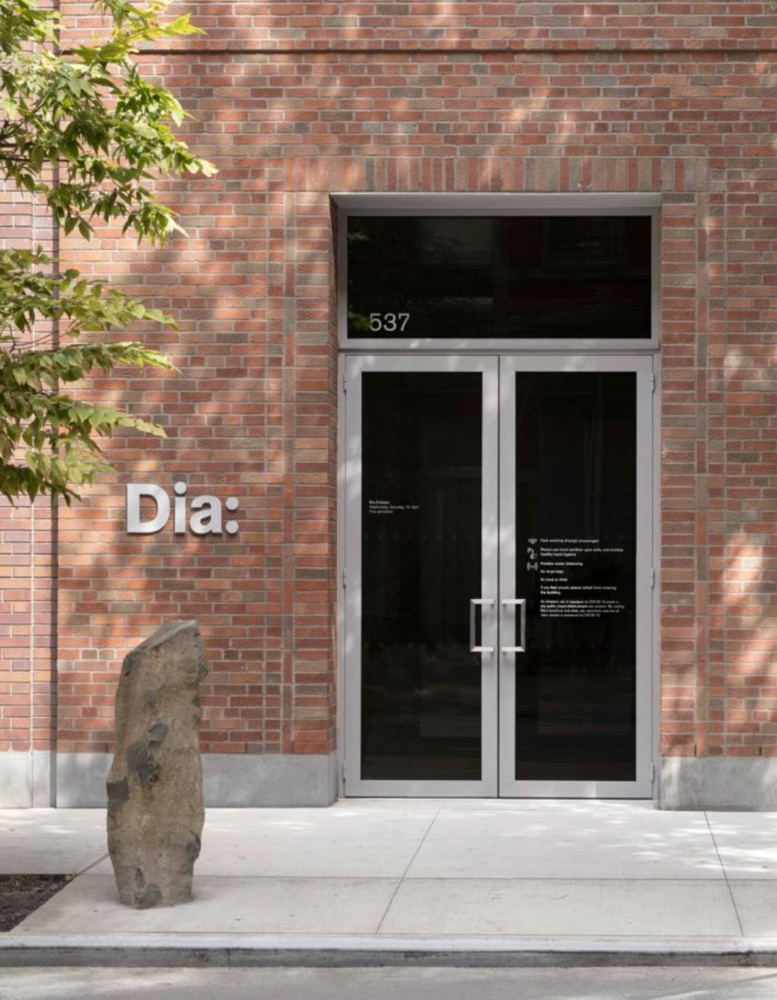As the Dia Art Foundation celebrates its 50th anniversary, it stands as a testament to the enduring power of contemporary art and the visionary goals of its founders. Established in 1974 in New York by Heiner Friedrich, Philippa de Menil, and Helen Winkler Fosdick, Dia was designed to commission and present large-scale public works that defied conventional museum practices. The name "Dia," derived from the Greek word for "through," signifies the foundation's role as a conduit for ambitious artistic projects. Dia's early years saw the creation and maintenance of monumental Land Art pieces, such as Robert Smithson’s Spiral Jetty and Nancy Holt’s Sun Tunnels, which remain cornerstones of its legacy. These works exemplify Dia's commitment to supporting art that could not be easily produced or financed by traditional means. Over the decades, Dia has also facilitated significant projects like James Turrell’s Roden Crater and Donald Judd’s Chinati Foundation in Marfa, Texas.
Under the leadership of Jessica Morgan since 2015, Dia has embarked on a journey of reinvigoration, adapting its founding principles to the needs of the 21st century. Morgan's tenure has seen a diversification of Dia's programming and collection, expanding to include a broader range of artists, particularly women and artists of color. This shift reflects a deliberate effort to tell a more inclusive and representative story of contemporary art. Dia's transformation includes the consolidation and reactivation of its exhibition spaces in New York City and Beacon. Dia Chelsea, reopened in 2021, now hosts substantial temporary exhibitions developed in close association with artists. This approach aligns with Dia's ethos of long-term, open-ended engagements with artists and their work. Morgan's strategy has also focused on stabilizing Dia's finances through vigorous fundraising and the unionization of its workforce.
Expanding the collection's global representation, Dia has acquired significant works by artists such as Lee Ufan and Sam Gilliam. The foundation continues to foreground live performance and sound works, maintaining its radical edge. Recent projects, like Steve McQueen’s Bass and Carl Craig's Party/After-Party, demonstrate Dia's ongoing commitment to commissioning and presenting innovative contemporary art. As Dia looks to the future, its mission remains artist-centric, prioritizing the vision and needs of artists while adapting to the evolving landscape of contemporary art. The foundation's 50th-anniversary celebrations underscore its enduring legacy and its dynamic approach to fostering and presenting groundbreaking art.


 Selena Mattei
Selena Mattei